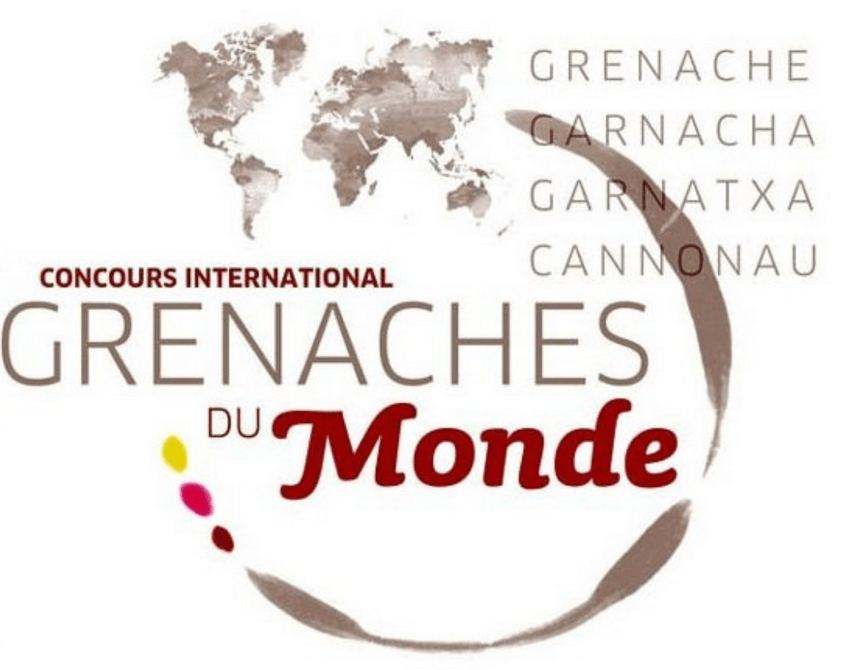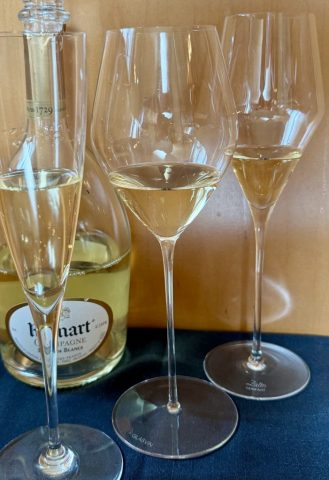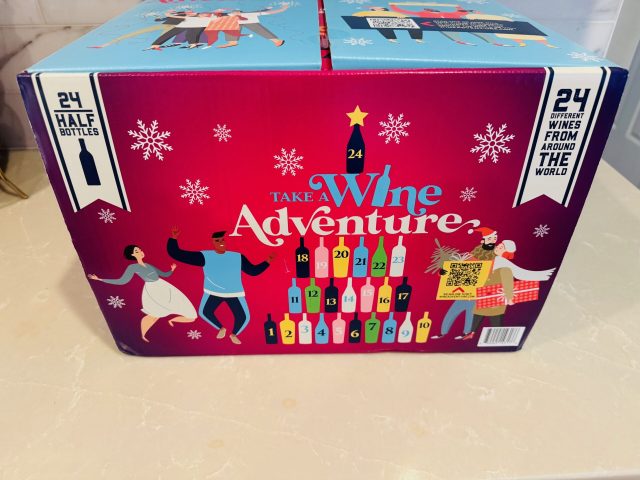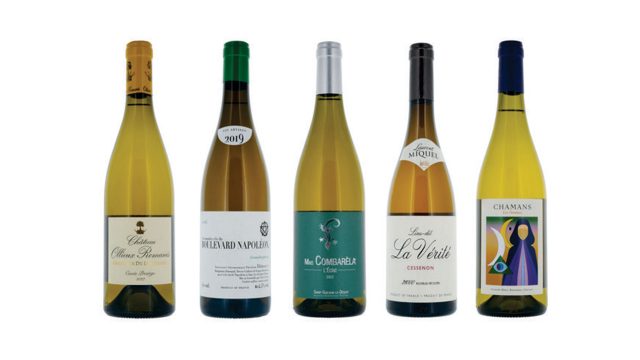WTAF Just Happened?!? (An Insider’s View of Judging the 2023 Grenaches du Monde Wine Competition)

Earlier this year, I received a rather interestingly odd invitation to judge a wine competition.
Now, there’s nothing particularly odd about me being invited to judge, as I’ve had the good fortune of judging several wine competitions over the last decade-plus, and probably should consider myself an old-timer seasoned veteran of wine competitions at this point.
The odd thing was that instead of me going to the wines, the wines for this competition were instead coming to me.
For most well-run wine-competitions, judges physically gather together in a temperature-controlled conference space, and our brought flights of wines (served blind) by an experienced staff (usually volunteers), some of whom have been handling wine storage, temperature regulation, and the like for many years.
For the 2023 edition of the Grenaches du Monde competition (which would feature Grenache-based wines from a subset of European regions), none of that was going to be happening.
I was going to be shipped panels of wines, individually poured into plastic vials, and was responsible for tasting them in flights and noting my scores/medals/comments via spreadsheet. Unlike traditional competitions, the burden fell to me to ensure that these pours were handled properly, poured at the proper temperatures, and tasted in decent and clean stemware.
I had several concerns about how all of this was going to go down, not least of which was whether or not, with a toddler, I was going to even find the time to pull it off.
I knew that with enough trusty wine fridges about the house, and a dedicated basement office, temperatures and having a tasting space weren’t going to be problems. But I was very concerned about receiving plastic vials of white, rosé, and red wines made from a grape variety (Grenache) that’s prone to oxidation, without having the benefit of an alternative bottle/re-pour if I detected any faults. I also dreaded having to figure stemware for the tasting, as my collection primarily consists of a Frankenstein-like hodge-podge of stemware samples that has grown and shrunk in random attrition thanks to clumsy fingers, etc. And finally, I was just worried that worrying about the above and having to handle pouring duties that I don’t normally have to worry about would prove to be a distraction from the main event (tasting).
As it turns out, I was justified in being a worry-wort. Here’s an insider’s view on how it all went down, and what I thought of the better wines in my flights…
Being a one-person wine competition sucks donkey bong
First, as a veteran wine competition judge, I hated having to figure out every aspect of the logistics of temperature, storage, ensuring the right wines were being poured, and performing clean-up and set-up between flights—all of which proved to be serious distractions from the most important job at hand, which was tasting the wines. Also, I spit (a lot), and dump buckets are heavy, and gross.
Sure, there’s a laziness, grumpy-old-man-railing-at-random-clouds aspect to having to handle all of that. But there’s also a ton of benefit in specialized division of labor, and it took me what felt like an eternity to get into some semblance of a groove of organizing, pouring, tasting, and then (f–king finally) judging. I’m not particularly good at doing any of it aside from the tasting/judging part, and so I found the learning curve was annoyingly, distractingly steep.
Plastic and easily-oxidized wine varieties don’t really mix well
The amount of faulty wines I encountered was, by top wine competition standards, exceedingly high: somewhere in the realm of 30% of the wines I received had at least some oxidation (presumably from how/when the vials were filled, air exposure during transit, or both). Normally, you’re looking at maybe 1-3%. 30% is basically off the charts bad.
Without the benefit of having a re-pour from a second, unopened bottle? That’s a big risk for brands submitting their wines to a competition like this, and they need to be warned about it up front to decide if that risk (of getting a no-medal status) is worth it for them.
I can tell you that, in seeing the reveal of the wines that I had in my flights, based on brand reputation some of them surely would have been medal-winners had their entries not been oxidized to the point of being ruined (or, at least to the point where a fair and blind assessment was simply not possible). This is a serious concern that the organizers need to address for future iterations.
My faves
Look, it’s not that I didn’t enjoy this effort at all. I did—wine competitions are inherently a fun bit of work in which to be involved. And I do think that the remote format has promise; it just needs to be finessed, and it has to come with well discussed caveats made visible to all involved, up front. Finally, there were some fun wines included, which after all is the most important point: finding those gems.
Per that final point, there were indeed several gems worth special mention in my tasting flights (you can view the full list of medal winning wines from the 2023 Grenaches du Monde here):
- 2019 Domaine Vial-Magneres Collioure Blanc Armenn Le Petit Couscouril, Languedoc-Roussillon, France — This white is tropical, floral, and an absolute lovely delight in the mouth.
- 2022 Calmel & Joseph Villa Blanche Grenache Blanc, Pays d’Oc, France — This presented as a fantastic white all-around, with excellent palate balance.
- 2022 Cantina Sociale Sorso Rosato Cannonau di Sardegna, Italy — You want your Grenache rosé to be pithy, vibrant, aromatic, and well-executed, and this one checked all of those boxes.
- 2020 Asociacion de Vinos de Cebreros M Madre, Cebreros, Spain — Showing very well for its age, with complex and delicious red fruit flavor.
- 2021 Azienda Agricola Durin Riviera Ligure di Ponente Granaccia, Italy — Lovely violet and red berry fruit character all of the place.
- 2022 Bodegas Aragonesas ‘Vina Temprana’ Old Vines Garnacha, Campo de Borja, Spain, $12 — A floral, fruity, and friendly over-achiever.
- 2022 Bodegas Aragonesas ‘Doña Cecilia’, Campo de Borja, Spain — Very good stuff, with an exceptionally long finish.
- 2020 Bodegas Santo Cristo Peñazuela de Ainzon, Campo de Borja, Spain — Approachable and easy-going, but also offering surprising complexity and length.
- 2021 Maison Ogier Châteauneuf-du-Pape L’Âme Bio, France — A nice tension between the floral nose and the powerful palate makes this one worth coming back for multiple sips.
- 2017 Domaine de La Rectorie Banyuls Cuvee Pierre Rapidel, Languedoc Roussillon, France — The real deal, this is a succulent Banyuls sticky that could rival a very good Reserve Port.
Cheers!








